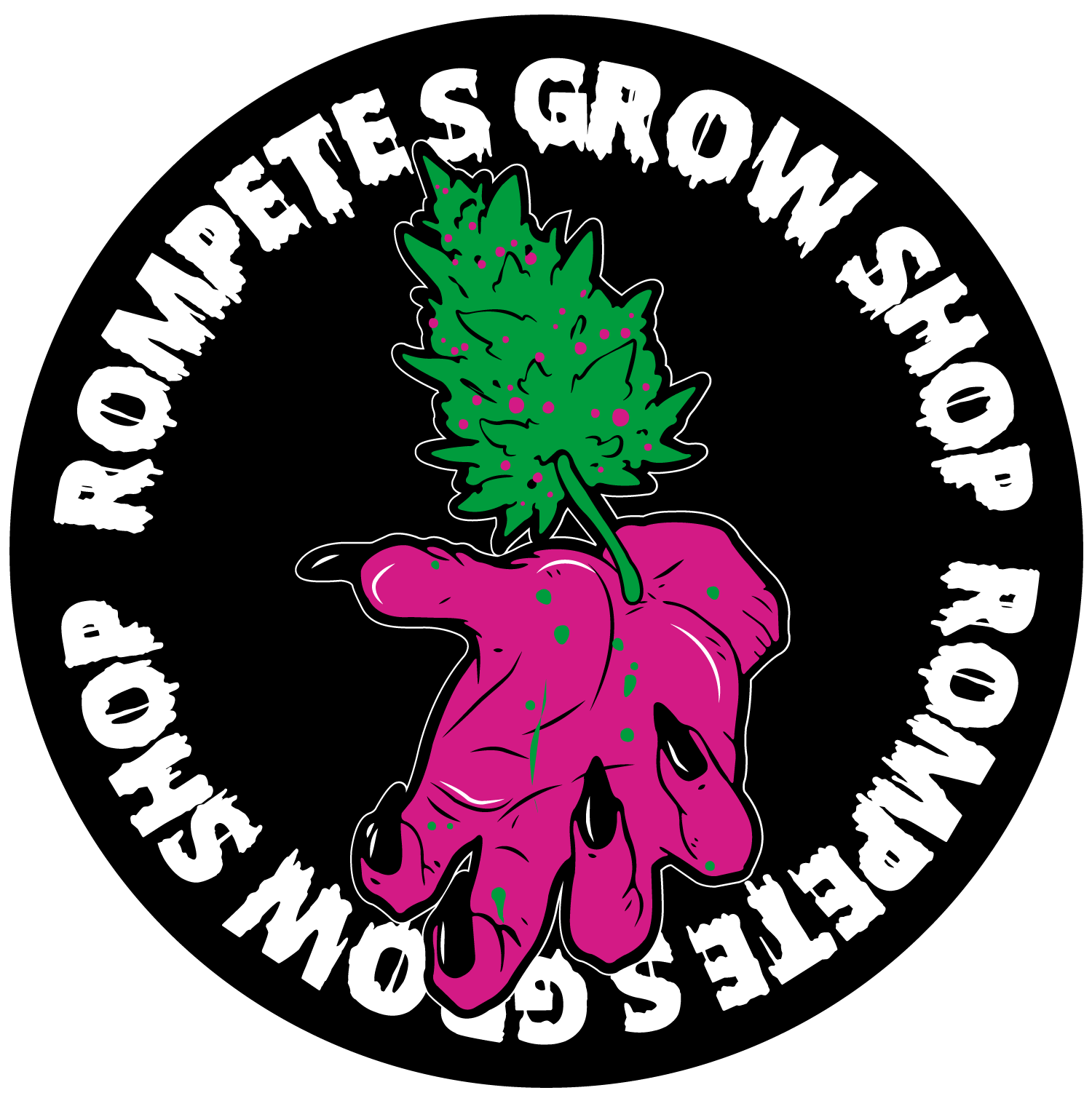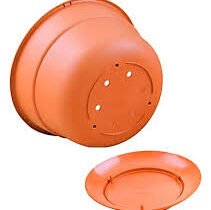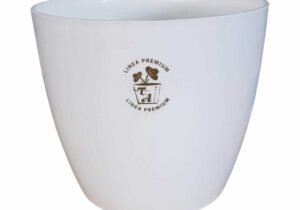In the highly competitive realm of social media marketing, merely creating visually appealing content is insufficient. To truly elevate engagement metrics—click-through rates, shares, and comments—marketers must adopt a systematic, data-driven approach to visual content optimization. This deep-dive explores advanced, actionable techniques rooted in psychological principles, composition mastery, technical precision, and strategic testing. By implementing these detailed strategies, you can transform ordinary visuals into powerful engagement catalysts.
Table of Contents
- Understanding the Role of Color Psychology in Visual Content Optimization
- Creating Eye-Catching Visuals Through Composition Techniques
- Enhancing Visual Content with Text Overlays and Call-to-Action Elements
- Leveraging User-Generated Content (UGC) to Boost Authenticity and Engagement
- Optimizing Visual Content for Platform-Specific Requirements
- Implementing A/B Testing for Visual Content Variations
- Automating Visual Content Creation and Optimization Processes
- Reinforcing the Value of Visual Content Optimization in Broader Campaign Goals
1. Understanding the Role of Color Psychology in Visual Content Optimization
a) How to Select Color Schemes That Drive Engagement
Selecting the right color scheme is crucial for eliciting emotional responses that lead to higher engagement. Begin by defining your campaign’s core emotional goal—whether it’s urgency, trust, excitement, or calmness. Use color psychology frameworks: for example, red stimulates urgency and action, blue fosters trust, yellow evokes optimism, and green signifies growth or health. To operationalize this, create a palette aligned with your brand personality and campaign intent, ensuring a harmonious balance that appeals visually without overwhelming the viewer.
b) Step-by-Step Guide to Applying Color Psychology Principles in Social Media Posts
- Define your campaign goal: Identify the primary emotional trigger (e.g., excitement, trust).
- Choose a primary color: Select a dominant hue aligned with your goal (e.g., red for urgency).
- Complement with secondary colors: Use contrasting or harmonizing colors to support your message (e.g., white for clarity, black for sophistication).
- Test color combinations: Use tools like Adobe Color or Coolors to generate palettes and assess emotional impact.
- Apply colors consistently: Maintain a cohesive palette across all visuals to reinforce recognition.
- Monitor engagement metrics: Track how different color schemes perform and refine accordingly.
c) Case Study: Successful Campaigns Using Strategic Color Choices
Consider a fitness brand launching a limited-time offer. They utilized a predominantly red and orange palette to evoke urgency and excitement, combined with bold typography. This approach increased click-through rates by 25% compared to previous campaigns. Analyzing their visuals, the strategic use of warm colors aligned with their goal of immediate action, illustrating the importance of deliberate color psychology application.
2. Creating Eye-Catching Visuals Through Composition Techniques
a) How to Use the Rule of Thirds and Leading Lines to Capture Attention
The rule of thirds involves dividing your visual into a 3×3 grid and placing focal points along these lines or intersections. To implement this:
- Overlay grid: Use photo editing tools (e.g., Canva, Adobe Photoshop) to enable grid overlays for precise composition.
- Position key elements: Place the main subject at one of the four intersection points to naturally draw viewer eyes.
- Balance visual weight: Distribute visual elements to avoid clutter and maintain harmony.
Leading lines guide viewers’ eyes toward your focal point. Incorporate natural lines—such as roads, hair, or architectural features—to direct attention effectively. For example, a product shot with converging lines naturally draws focus, increasing the likelihood of viewer engagement.
b) Practical Tips for Balancing Elements and Focal Points in Social Media Graphics
- Use the visual hierarchy: Size and contrast should emphasize the main message.
- Apply the ’empty space’ principle: Avoid overcrowding; strategic whitespace enhances focus.
- Match focal points with user intent: For instance, place call-to-action buttons where they’re naturally visible.
c) Example Breakdown: Analyzing High-Engagement Visuals for Composition Insights
Take a viral Instagram post promoting a new product. The image features a close-up shot of the product aligned along the right vertical third, with leading lines from background elements pointing toward it. The background employs a blurred bokeh effect, creating a depth of field that isolates the product, enhancing visual clarity. This composition demonstrates how strategic element placement and depth manipulation can maximize viewer focus and interaction.
3. Enhancing Visual Content with Text Overlays and Call-to-Action Elements
a) How to Design Effective Text Overlays That Complement Visuals
Effective text overlays should enhance, not compete with, your visual. To achieve this:
- Use contrasting colors: Ensure text color sharply contrasts with background for readability.
- Limit text length: Keep overlays concise—ideally 5-7 words—to avoid clutter.
- Choose legible fonts: Select sans-serif fonts like Helvetica or Arial, and avoid overly decorative styles.
- Apply text shadows or semi-transparent backgrounds: Improve contrast on complex backgrounds.
- Align text strategically: Place overlays in areas with minimal visual noise, respecting the rule of thirds.
b) Technical Guidelines for Text Clarity and Readability Across Platforms
To ensure your overlays remain clear across devices:
- Use vector-based fonts: Export overlays as SVGs or high-res PNGs to prevent pixelation.
- Adopt platform-specific font sizes: For example, 24-30px for Instagram posts, ensuring legibility on mobile.
- Test on multiple devices: Preview on smartphones, tablets, and desktops to verify clarity.
- Maintain sufficient padding: Avoid crowding edges; leave margin space around text.
c) Step-by-Step: Adding and Testing CTAs for Maximum Click-Through Rates
- Design a prominent CTA button or overlay: Use contrasting colors and concise copy like “Shop Now” or “Learn More”.
- Position strategically: Place near focal points or along natural reading paths, preferably at the bottom or right side.
- A/B test: Create variants with different colors, sizes, and wording to identify the highest-performing combination.
- Monitor and iterate: Use platform analytics and heatmaps to refine placement and design.
4. Leveraging User-Generated Content (UGC) to Boost Authenticity and Engagement
a) How to Curate and Incorporate UGC Effectively in Campaign Visuals
To leverage UGC:
- Establish clear guidelines: Define the type of content you seek (e.g., photos, videos) and usage rights.
- Use dedicated hashtags: Encourage followers to tag their content with branded hashtags for easy curation.
- Curate high-quality submissions: Select visuals that align with your brand aesthetic and campaign message.
- Overlay branding elements: Add logos or watermarks if appropriate, maintaining visual integrity.
- Feature UGC prominently: Incorporate into your visual feed, stories, or ads to enhance authenticity.
b) Best Practices for Encouraging Followers to Create Shareable Visual Content
- Host contests or challenges: Incentivize sharing with prizes or recognition.
- Create easy-to-use templates: Provide branded templates for stories or posts to lower barriers.
- Engage actively: Comment, share, and acknowledge user submissions to foster community.
- Express appreciation: Publicly thank contributors, encouraging others to participate.
c) Case Study: Successful UGC Campaigns and Their Visual Strategies
A leading outdoor apparel brand launched a #MyAdventure contest, inviting users to share photos of their trips wearing the brand’s gear. They curated the best submissions, overlayed consistent branding, and showcased the content across their social channels. This resulted in a 40% increase in engagement and a significant boost in brand authenticity perception, exemplifying the power of well-executed UGC strategy.
5. Optimizing Visual Content for Platform-Specific Requirements
a) How to Tailor Visual Dimensions and Formats for Instagram, Facebook, Twitter, and TikTok
Each platform has unique specifications:
| Platform | Optimal Dimensions | Format & Notes |
|---|---|---|
| Instagram Feed | 1080 x 1080 px (square), 1080 x 1350 px (portrait), 1080 x 566 px (landscape) | JPEG/PNG; aspect ratio 1:1, 4:5, 1.91:1 |


